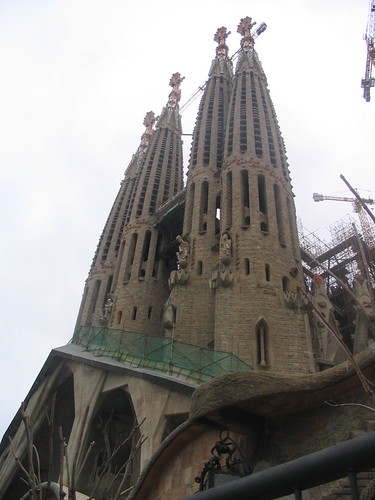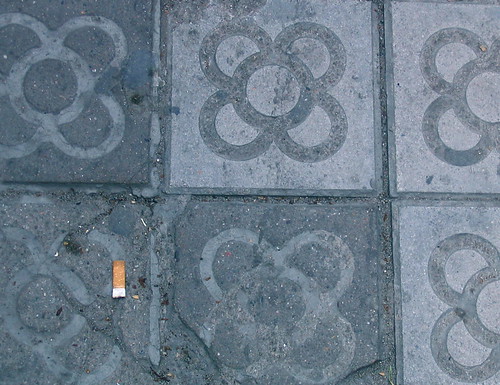The Inconveniences of Winter
From twenty five stories up, a snow-covered Manhattan is beautiful. Walking through a park, the snow is beautiful. Playing in the snow late at night in a deserted South Street Seaport is indeed fun. But, walking on plowed streets and shoveled sidewalks is not enjoyable whatsoever.
During the rest of the year in New York, people cross streets diagonally, jaywalk from the middle of one block to another, and generally just don't follow the grid pattern when at all possible. While the grid is simple and easy to follow, for fast-paced Manhattan, walking tends to take a more "the quickest way from point A to point B is a straight line" approach. Say your destination is the corner of 53rd St. and 5th Ave., and you are walking up 5th Ave. from 52nd on the opposite side of the street from where you need to go. If traffic permits (ok, maybe 5th wasn't the best example here, but use your imagination), you will cut across Fifth in between 52nd and 53rd, reaching your destination decades more quickly than if you were to go all the way to the end of the block and cross the street there. Imagine a right triangle, and by crossing the street in the middle of the block, you are taking the hypotenuse, which is shorter than the sum of the two legs.

Now, add the snowdrifts that are created by plows to the sides of the road (which can be otherwise dangerous too), and you have no opportunity to take the hypontenuse route. You are trapped on sidewalks by mountains of snow, which is by now, not silky white, but shit-colored re-frozen slop. So, in formulating walking times for winter, not only do you have to figure in the wind coming at your face at fifty miles per hour, but you also have to add all that time wasted by crossing the street in the sidewalks. Oy.
During the rest of the year in New York, people cross streets diagonally, jaywalk from the middle of one block to another, and generally just don't follow the grid pattern when at all possible. While the grid is simple and easy to follow, for fast-paced Manhattan, walking tends to take a more "the quickest way from point A to point B is a straight line" approach. Say your destination is the corner of 53rd St. and 5th Ave., and you are walking up 5th Ave. from 52nd on the opposite side of the street from where you need to go. If traffic permits (ok, maybe 5th wasn't the best example here, but use your imagination), you will cut across Fifth in between 52nd and 53rd, reaching your destination decades more quickly than if you were to go all the way to the end of the block and cross the street there. Imagine a right triangle, and by crossing the street in the middle of the block, you are taking the hypotenuse, which is shorter than the sum of the two legs.

Now, add the snowdrifts that are created by plows to the sides of the road (which can be otherwise dangerous too), and you have no opportunity to take the hypontenuse route. You are trapped on sidewalks by mountains of snow, which is by now, not silky white, but shit-colored re-frozen slop. So, in formulating walking times for winter, not only do you have to figure in the wind coming at your face at fifty miles per hour, but you also have to add all that time wasted by crossing the street in the sidewalks. Oy.

